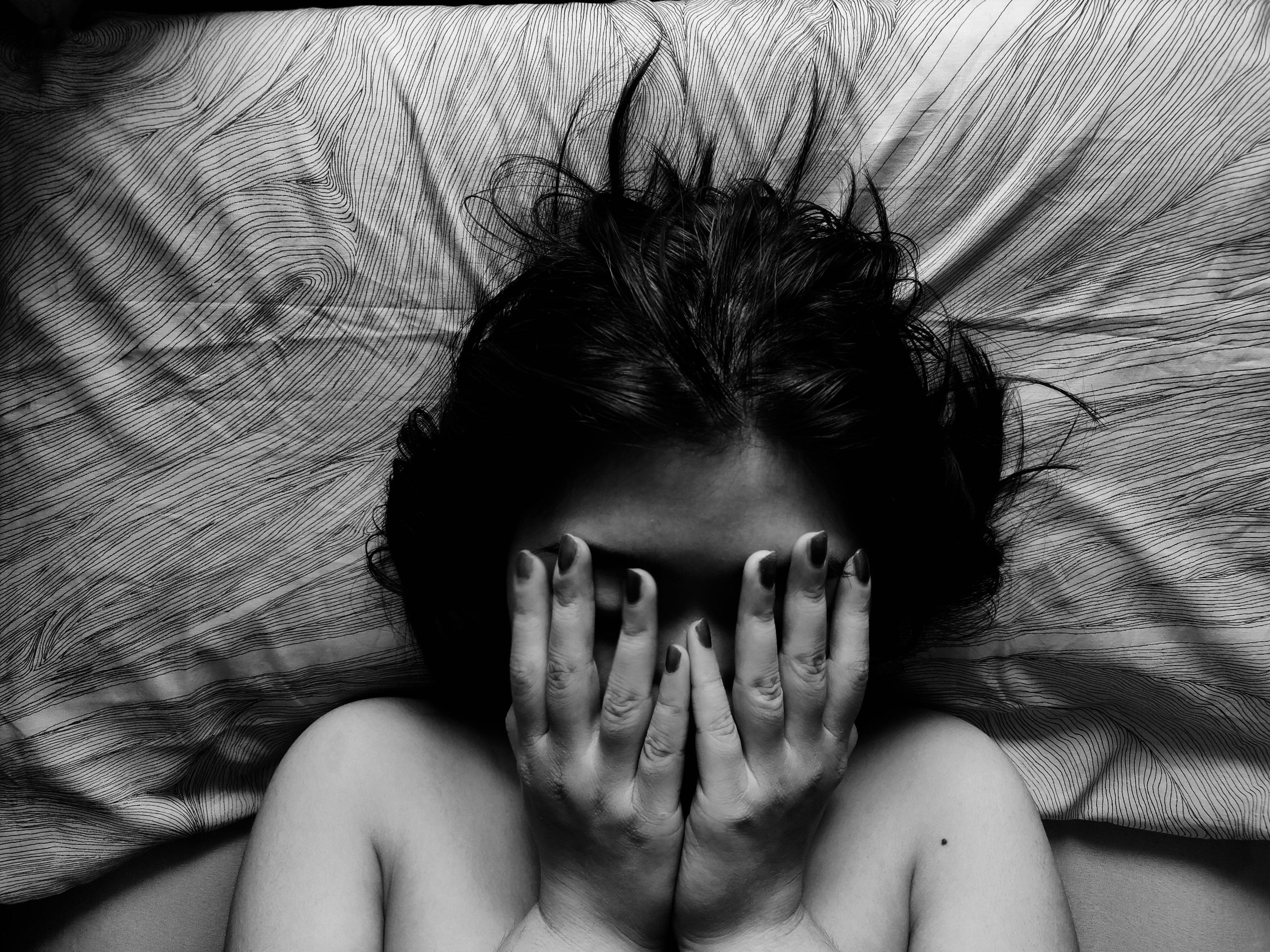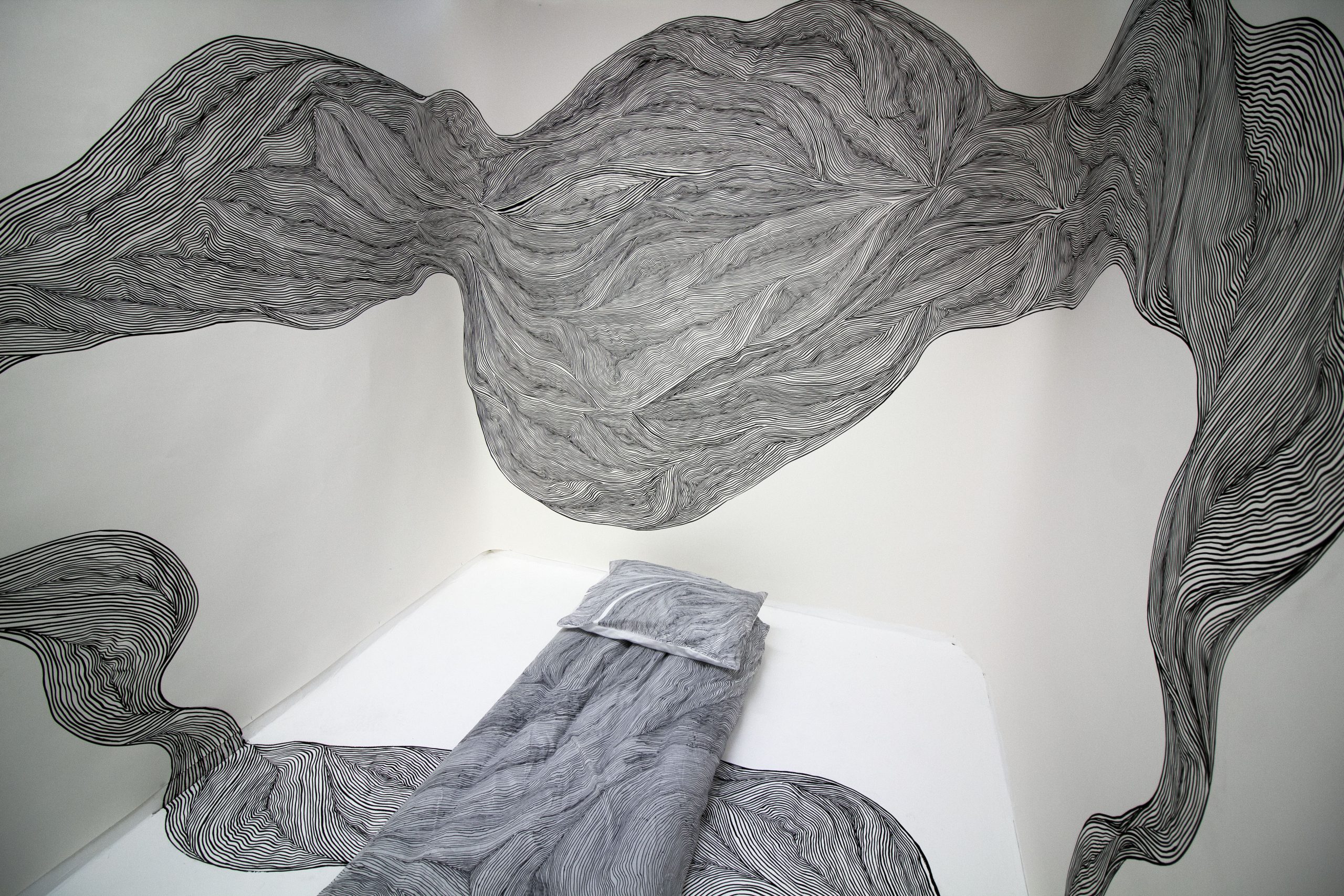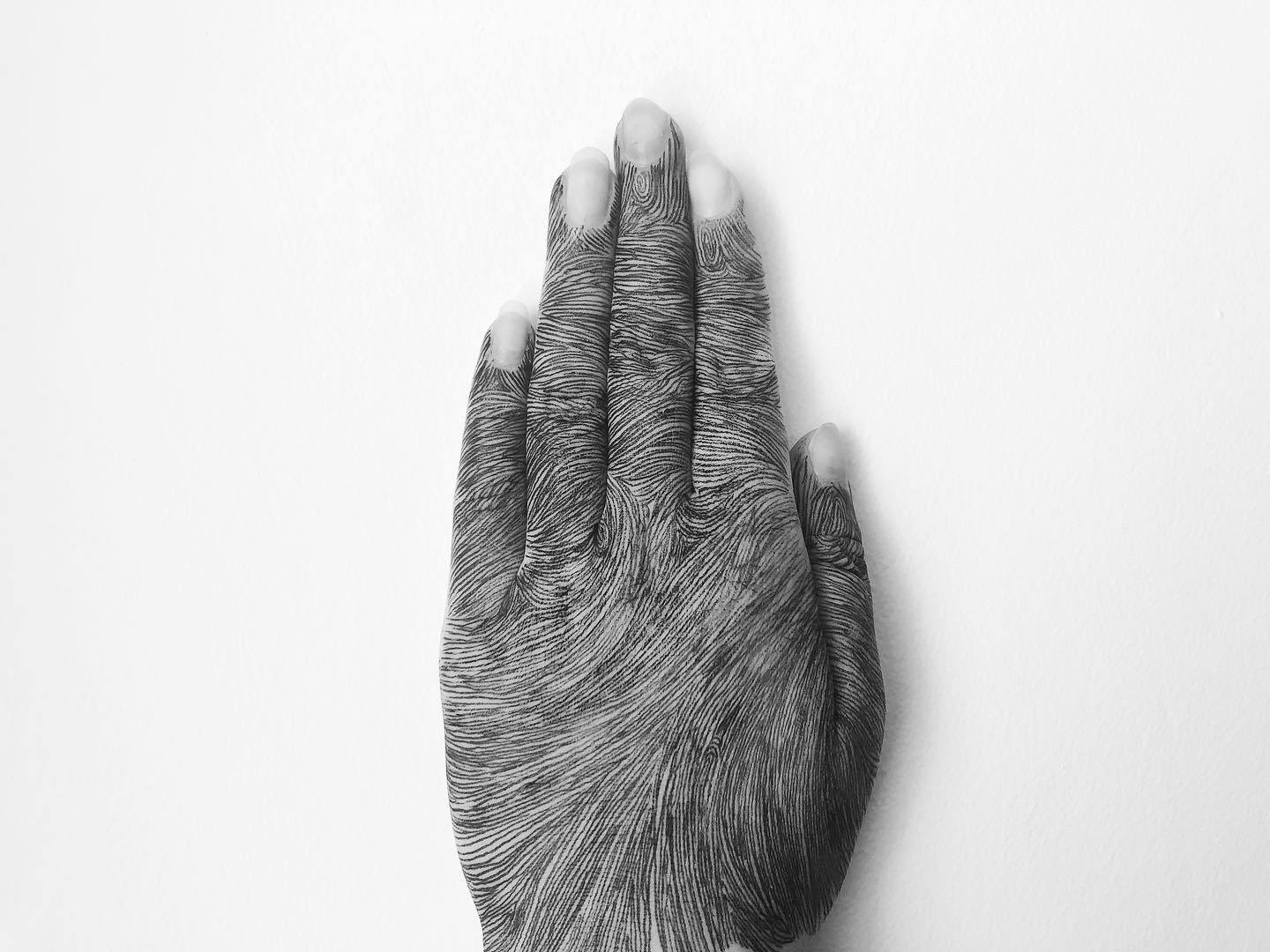A STUDENT explores how the female experience is affected by male preference culture in her latest artwork exhibits
Jingwen Zhang (23) from The University of Dundee has created the installation as part of the final project for her MFA Art & Humanities course.
‘Where is she?’ is one of dozens of exhibits at the Duncan of Jordanstone College of Art & Design Masters Showcase 2020, which opens later this week.

In her work Jingwen uses several elements to represent the fate of the female community under the influence of unequal traditional culture.
Data from the 2020 World Population report shows more than 140 million women are considered missing today as a consequence of gender-biased and post-natal sex selection, with disappearances in Asian countries accounting for 80% of the global total.
In China, a traditional preference for male decedents and population control policies such as the one-child policy have resulted in a significant gender imbalance.
Currently the male population in China is 54 million more than the female population.
Shocked but inspired by these statistics, Jingwen looked at how she could portray the issue and represent the female group through her work.

She said, “I began to think about what caused the ‘disappearance’ of these women and soon realised that this is a topic worthy of in-depth consideration and derivation of art.
“As an Asian woman, I know that there are many male preferences in our traditional culture, and these preferences have led to many gender selections.
“Although I have not yet personally experienced injustice because of my gender, when I look at these issues from a macro perspective, I see that under the influence of the unequal social environment, all Chinese women have the same destiny.”
“Although the destiny of every Chinese woman seems to be unique, from a macro perspective in a social environment full of prejudice, personal destiny no longer exists.”
In her work Jingwen uses several elements to represent the fate of the female community under the influence of unequal traditional culture.
The most important element within the installation is a series of dark, flowing lines that resemble the features of a palm print.
In many cultures, palm prints are believed to have the function of revealing fate and divining the future, and like our fingerprints, they are unique to each individual.
“I used watercolours and markers to draw palm print-like lines to show the relationship between the destiny of individual women and the destiny of the female community in a male-preferred environment,” continued Jingwen.
“Every line that makes up the palm print pattern represents an individual woman. Combined together, it represents a community destiny.

“Although the destiny of every Chinese woman seems to be unique, from a macro perspective in a social environment full of prejudice, personal destiny no longer exists.”
Jingwen plans to return to China to reproduce this work and hopes to conduct further study and research to create similar works in the future.
The Masters Showcase is an online display taking place in the absence of the annual Masters Show, which has been cancelled due to the coronavirus pandemic.
The live launch event will be streamed live at 6pm on Friday 16 October at https://www.dundee.ac.uk/

